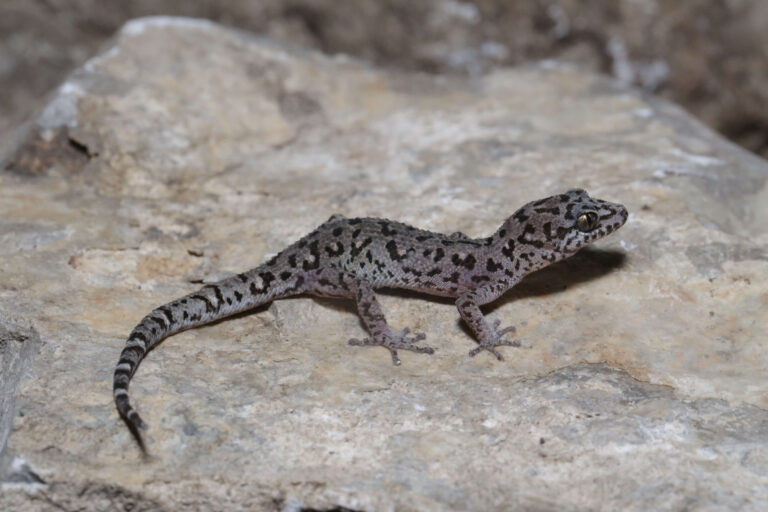Some earthquakes may be linked to climate change
mongabay.com
June 28, 2006
Scientists say melting glaciers could induce tectonic activity.
The reason? As ice melts and waters runs off, tremendous amounts of weight are lifted off of Earth’s crust. As the newly freed crust settles back to its original, pre-glacier shape, it can cause seismic plates to slip and stimulate volcanic activity according to research into prehistoric earthquakes and volcanic activity.
Sharon Begley of The Wall Street Journal recently wrote about the subject in her “Science Journal” column, noting that new research suggests that when ice sheets retreated some 10,000 years ago, volcanoes in the Mediterranean, Antarctica and California became more active.
Begley spoke with Allen Glazner of the University of North Carolina, Chapel Hill, a geoscientist who has studied the phenomenon. Analyzing an 800,000-year record of volcanic activity in eastern California, Glazner found that “the peaks of volcanic activity occurred when ice was retreating globally. At first I thought it was crazy, but other scientists also found evidence that climate affects volcanism” (quoted in Begley’s article).
“The pressure of the ice sheet suppresses earthquakes, so removing that load triggers them,” Wu told Begley. “Present-day earthquakes may have their origin in postglacial rebound.”
Bill McGuire, professor of Geophysical Hazards at University College, spelled out the scenario further in an article in New Scientist, titled “Climate change: Tearing the Earth apart?”
“It shouldn’t come as a surprise that the loading and unloading of the Earth’s crust by ice or water can trigger seismic and volcanic activity and even landslides. Dumping the weight of a kilometre-thick ice sheet onto a continent or removing a deep column of water from the ocean floor will inevitably affect the stresses and strains on the underlying rock,” he wrote. “[While] not every volcanic eruption and earthquake in the years to come will have a climate-change link… [As] the century progresses we should not be surprised by more geological disasters as a direct and indirect result of dramatic changes to our environment.”
MORE
RETREATING GLACIERS SPUR ALASKAN EARTHQUAKES In a new study, NASA and United States Geological Survey (USGS) scientists found that retreating glaciers in southern Alaska may be opening the way for future earthquakes. The study examined the likelihood of increased earthquake activity in southern Alaska as a result of rapidly melting glaciers. As glaciers melt they lighten the load on the Earth’s crust. Tectonic plates, that are mobile pieces of the Earth’s crust, can then move more freely. The study appears in the July issue of the Journal of Global and Planetary Change.
Extreme global warming likely by end of century Climate models predicting a 5.6 degrees Celsius increase in Earth’s temperature by the end of the century may have underestimated the increase by as much as 2.3C according to researchers at the University of California at Berkeley. Analyzing ice cores containing a 360,000-year record of global temperature and levels of carbon dioxide (CO2) and methane, the scientists found that “during periods of warming, greenhouse gas levels rose and created significantly higher temperatures than would be expected solely from the increased intensity of sunlight that triggered these warm periods.” The researchers suspect that warming could be amplified by warmer soils — which decompose faster — and oceans releasing more CO2 and methane into the atmosphere.














